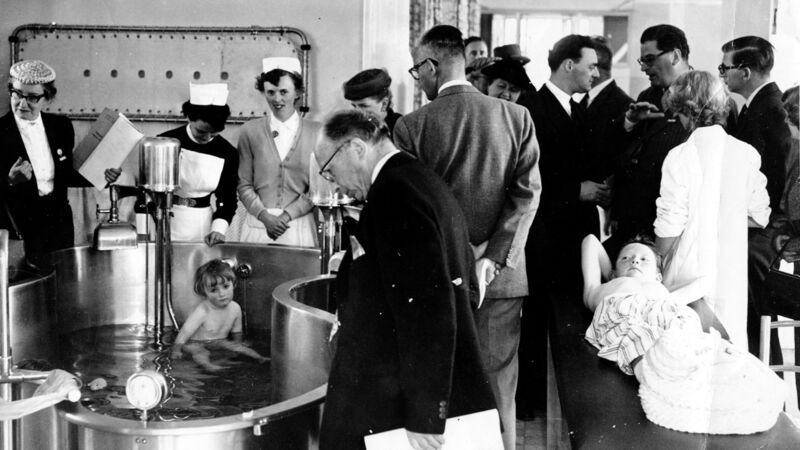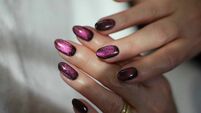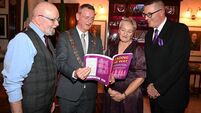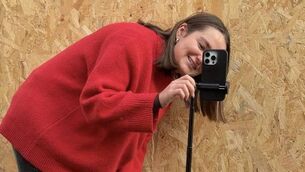I remember young girls screaming in pain, crying out...

Ann Casey, from Mallow, pictured in a bathing pool at St Mary's Orthopaedic Hospital in 1956 after she contracted polio.
“THAT picture of me was taken in 1956, by the on the opening of the Hydrotherapy bath. I’m in the steel bath in the orthopaedic hospital in Gurranabraher. I’m three years old. My mother had it on the wall in our house. I don’t remember it, but it was a very hard time for my parents.”
Polio & Us is available to purchase from www.polio.ie All proceeds from the book go towards services and supports for polio survivor
My parents could only look at me through glass. It must have been so hard for them. I couldn’t walk. I crawled around. Then i was sent to the orthopaedic hospital. I stayed for a year and a half.







 App?
App?


